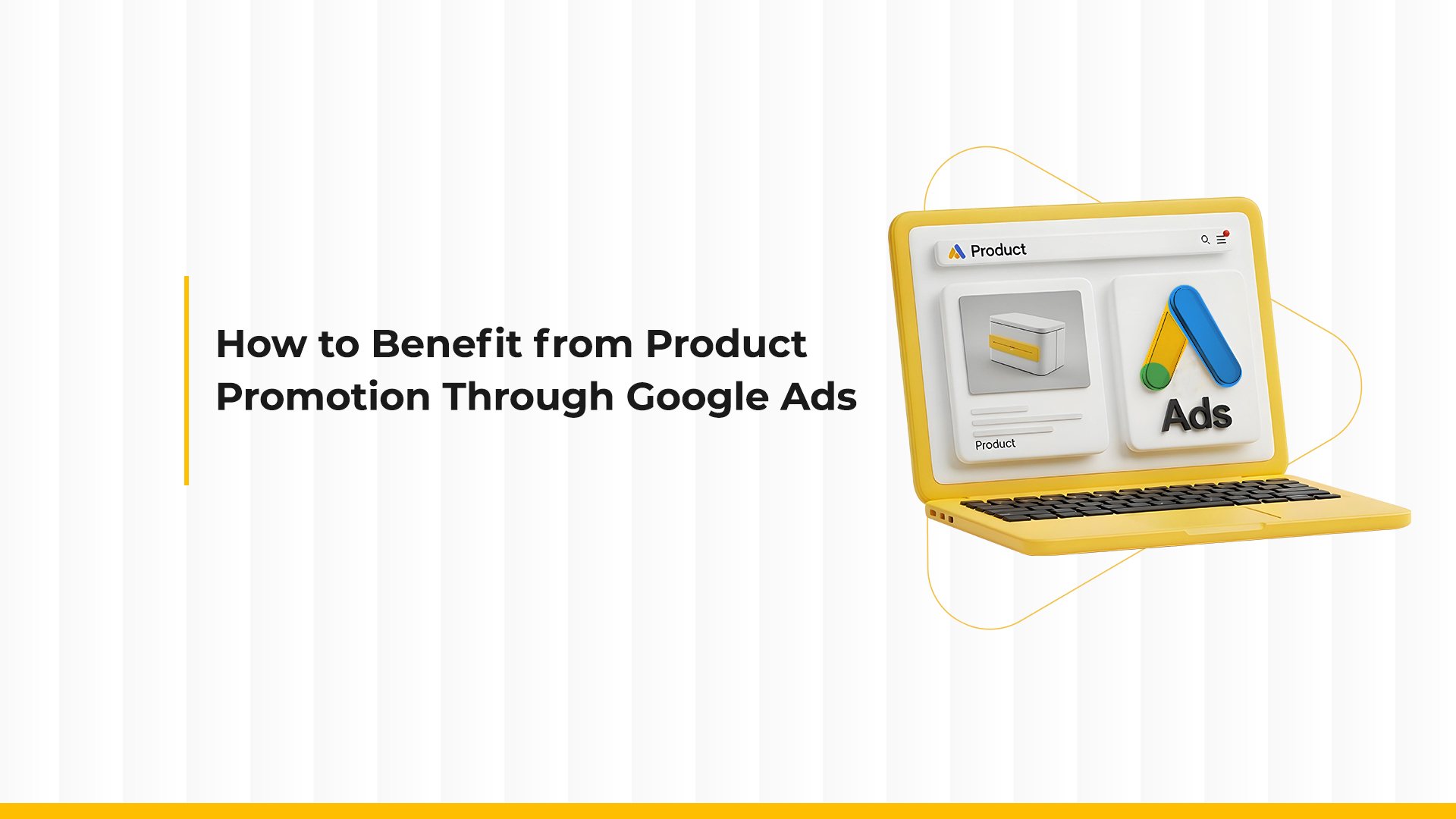In today’s era of digital marketing, online advertising has become an essential component for any business seeking to reach a wide audience and achieve sustainable growth. Among the most powerful tools available, Google Ads stands out as a leading platform that enables you to promote your products effectively through various strategies such as pay-per-click (PPC) campaigns and ad optimization.
In this article, we’ll explore how to leverage Google Ads to promote your products professionally, along with the most effective techniques to improve your ads and maximize performance.
What Is Google Ads and How Does It Work?
Google Ads is an advertising platform developed by Google that allows advertisers to display their ads on search results pages and partner websites. The platform operates on a bidding system, where advertisers set a budget for specific keywords related to their products or services.
When a user searches for a term containing one of your targeted keywords, your ad appears at the top or bottom of the search results—providing an excellent opportunity to capture potential customers’ attention.
Benefits of Promoting Products Through Google Ads
1. Reach a Broad and Diverse Audience
Thanks to Google’s global popularity, you can reach millions of users searching for products similar to yours. This helps you target the right audience with high precision.
2. Flexible and Transparent Budget Control
Google Ads gives you full control over your ad budget. You can set daily or monthly spending limits, and the pay-per-click (PPC) system ensures you only pay when someone clicks your ad—making every dollar spent deliver measurable value.
3. Performance Tracking and Analytics
Google Ads provides detailed reports about your campaigns’ performance. These insights help you analyze what’s working, identify high-performing campaigns, and continuously refine your strategies for better ROI.
4. Effective Product Promotion
By designing visually appealing and relevant ads, you can directly highlight your products, increase conversions, and drive more customers to your website or store.
How to Set Up Successful Google Ads Campaigns
1. Define Goals and Target Audience
Before launching any campaign, clearly define your objectives. Do you want to drive more website traffic, generate direct sales, or increase brand awareness?
Once your goal is set, analyze your audience’s demographics, interests, and location to identify who you want to reach. This helps you select the right keywords and craft messages that resonate with your potential customers.
2. Choose the Right Keywords
Keywords are the foundation of any successful Google Ads campaign. Select keywords that are highly relevant to your products or services. For example, if you sell beauty products, use terms like “natural cosmetics” or “best beauty products 2025.”
Google’s Keyword Planner tool can help you find high-volume, low-competition keywords to target efficiently.
3. Create Compelling Ads
Your ad copy should be clear, engaging, and persuasive. Use a strong headline, a concise message, and include calls-to-action like “Shop Now” or “Get Your Discount Today.”
A/B test different ad versions to identify which performs best, and optimize accordingly.
4. Optimize Landing Pages
A well-designed landing page is crucial for converting visitors into customers. Ensure it provides the information users expect, is visually appealing, and contains a clear call-to-action such as a purchase or sign-up button.
5. Use Pay-Per-Click Campaigns Smartly
Google Ads’ PPC model allows you to pay only when users interact with your ad. Optimize your campaigns by setting the right schedules to display ads when your audience is most active.
Monitor metrics like cost-per-click (CPC) and conversion rate to maximize efficiency and returns.
Strategies to Improve Your Google Ads Campaigns
1. Enhance Quality and Relevance
Google’s Quality Score determines how relevant your ads are to users’ searches. It considers click-through rate (CTR), keyword relevance, and landing page quality.
To improve it, write ads that match users’ intent, use clear language, and maintain regularly updated, high-quality content.
2. Leverage Advanced Targeting Features
Google Ads offers advanced targeting options, including demographic, geographic, and behavioral filters. You can also target users based on their interests and online activities—allowing for precise audience segmentation and improved conversion rates.
3. Track Performance and Adjust Strategies
Optimization is an ongoing process. Use analytics and performance reports to track key metrics such as CTR, CPC, and conversions. Adjust your campaigns regularly—update keywords, refine ad copy, and enhance landing pages to maintain strong performance.
4. Experiment with Different Ad Formats
Don’t rely solely on one ad type. Explore text ads, image ads, and video ads. For visually driven products like fashion or home décor, image or short video ads often deliver higher engagement and conversion rates.
Tips to Maximize the Benefits of Google Ads
-
Invest in Learning and Development: Stay up-to-date with Google’s latest advertising techniques by attending training sessions and online courses.
-
Keep Up with Platform Updates: Google Ads constantly evolves. Follow updates to take advantage of new features and tools.
-
Collaborate with Marketing Experts: If your resources are limited, partnering with digital marketing professionals can help you refine strategies and boost performance.
-
Be Creative: Stand out with unique ad storytelling that showcases your product’s value and emotional appeal.
-
Engage with Customers: Gather feedback from customers to enhance future campaigns and build trust.
Final Thoughts
Google Ads isn’t just an advertising platform—it’s a strategic partner that opens up new horizons for growth and expansion in an increasingly competitive digital market. By using Google’s tools and data-driven insights creatively, you can achieve your marketing goals and connect with your ideal audience effortlessly.
Success in Google Ads requires patience, continuous experimentation, and in-depth performance analysis. Every campaign is an opportunity to learn, and every click brings you closer to building stronger relationships with your customers.
So, focus on creating a well-rounded strategy that blends creativity with precision—and soon, your results will speak for themselves.





